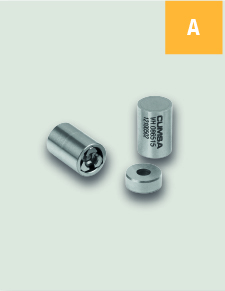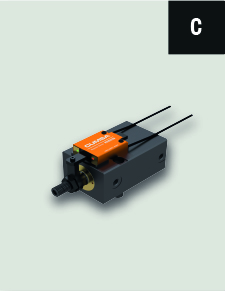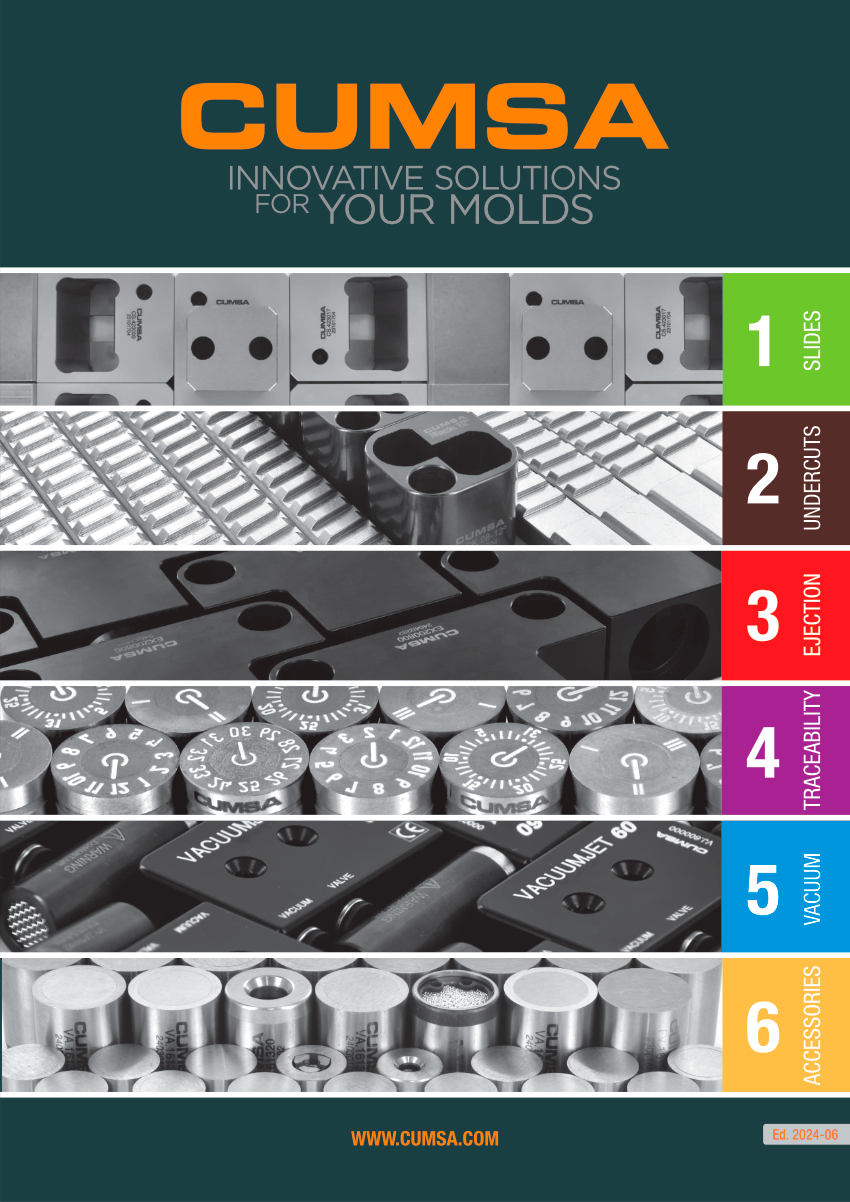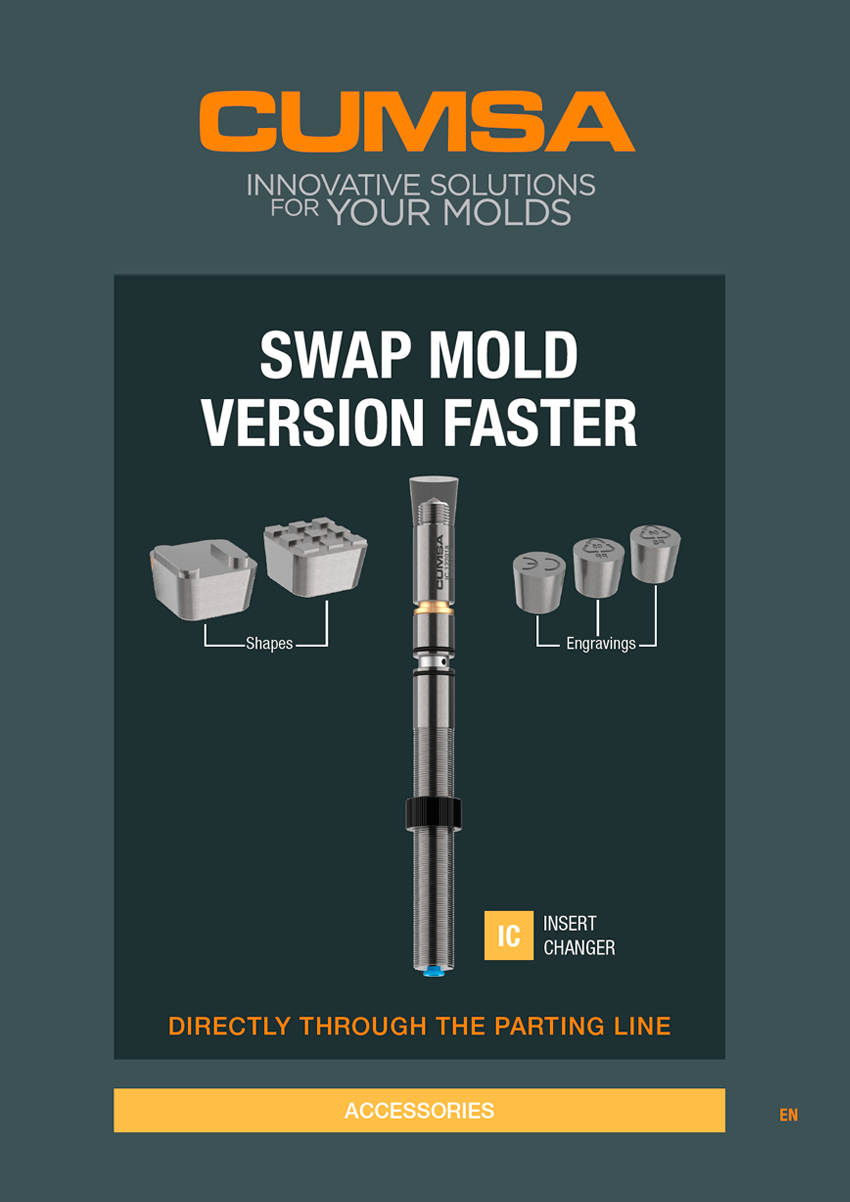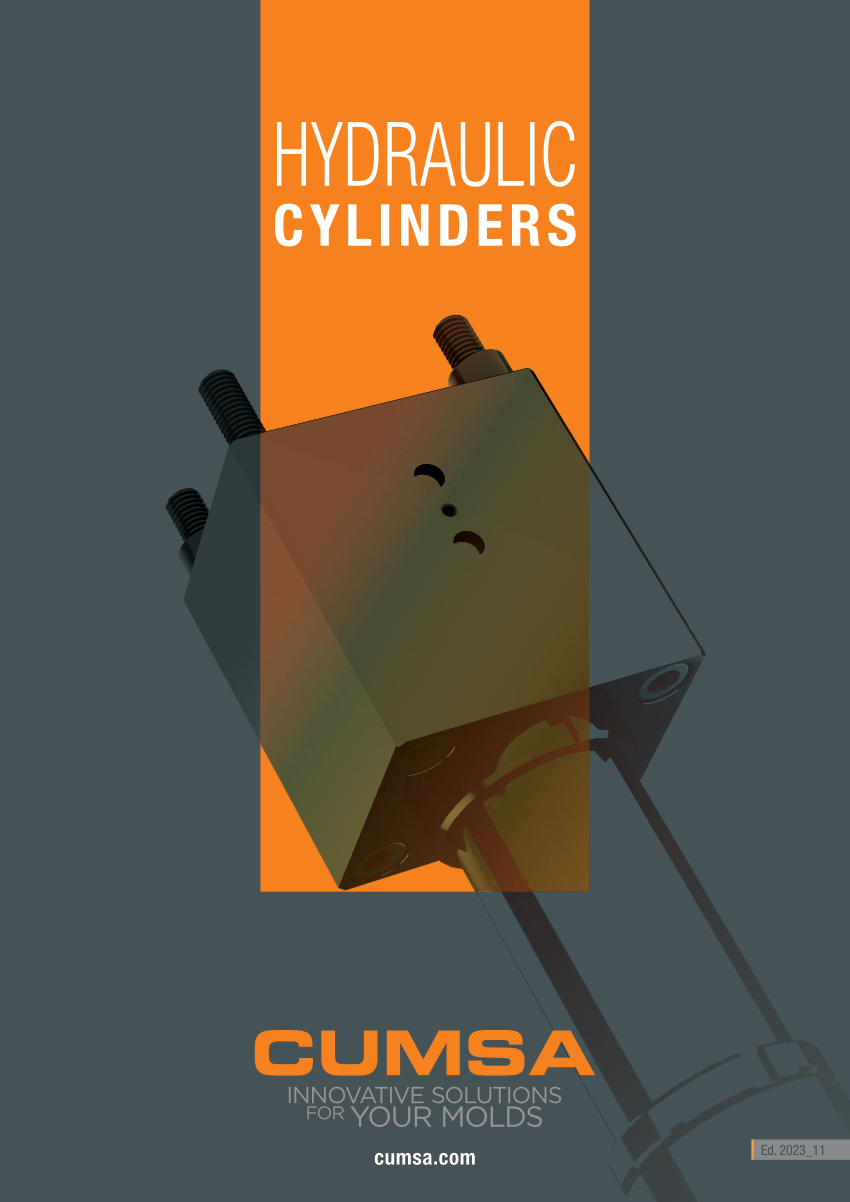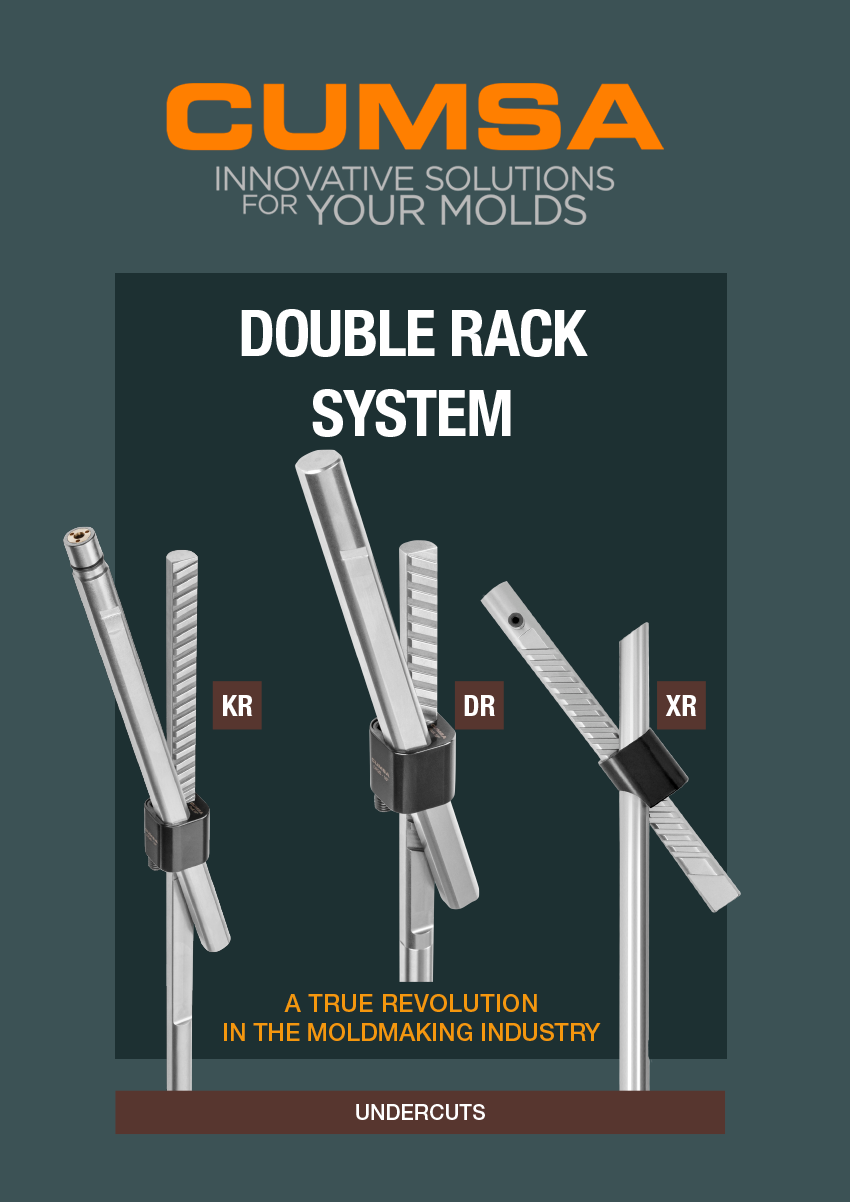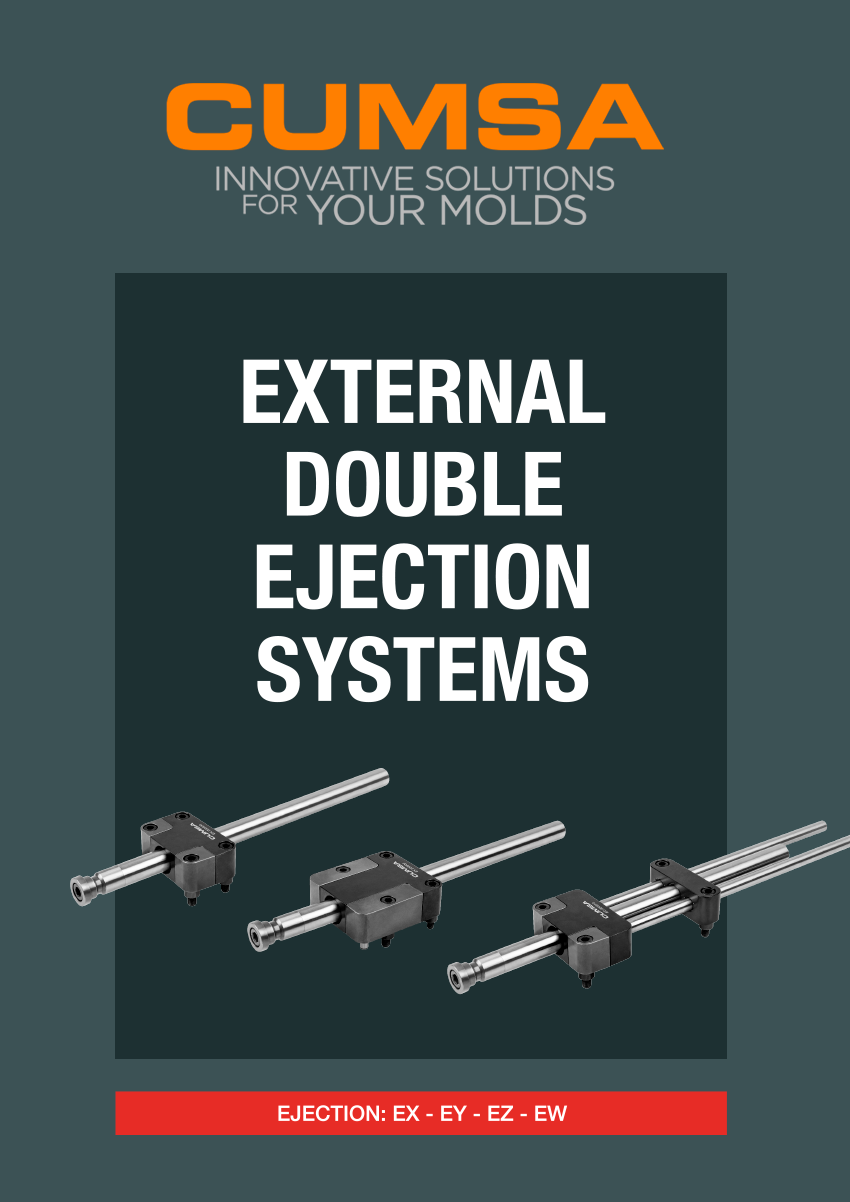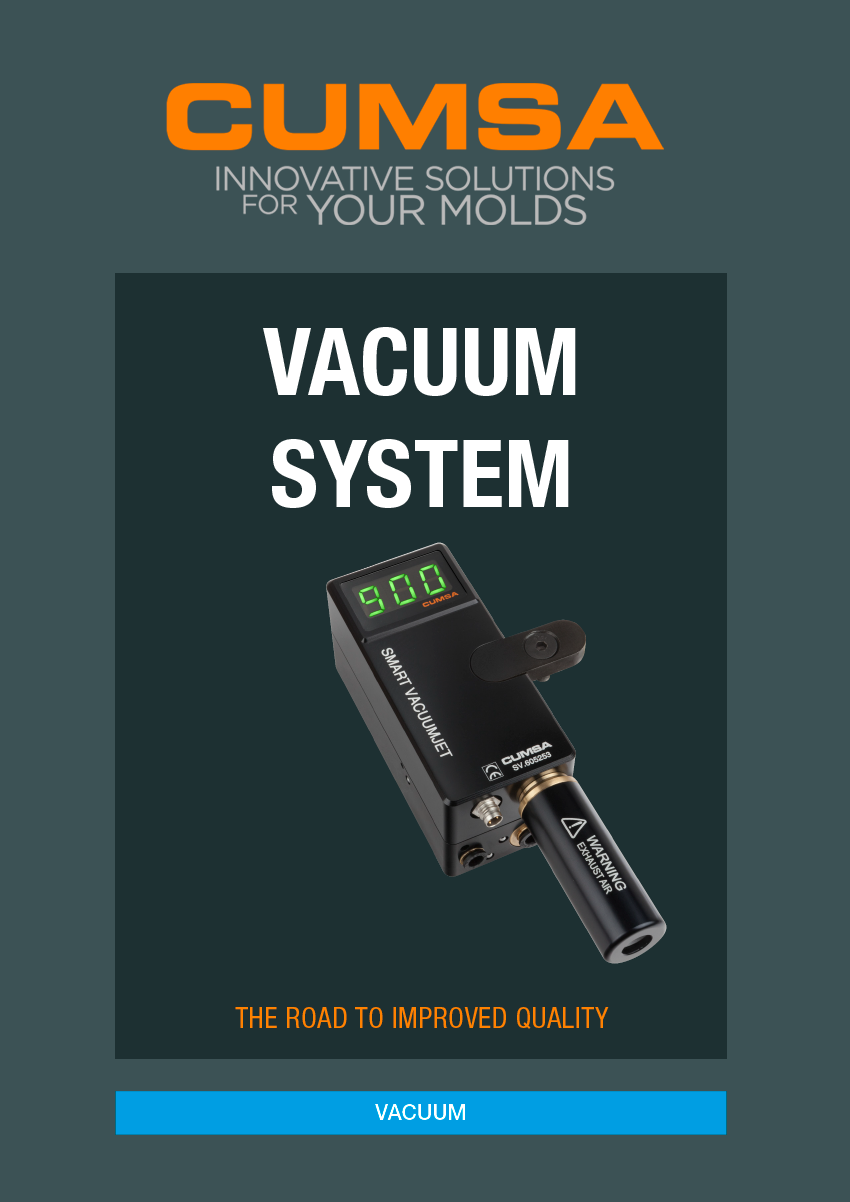VG
Only through the clearance of the ejectors.
Making vacuum through the VV and the clearance of the ejectors, as firstly the VV opens and withdraws instantly the air from within the cavity and at the same time make a depression inside it, and then the vacuum made through the ejectors will maintain the depression throughout the injection cycle.
How many signals (electro valves) must I have from the injection machine to control the vacuum process using a VG unit?
Just one signal.
It is matter of putting 2, 3 or 4 units more. To achieve depression the key is to take more air out from the cavity than is coming in, having multiple Vacuum Jets will enable it if for some reason the cavity isn’t hermetic enough.
When we don’t achieve depression it means that the cavity isn’t hermetically closed. This can happen due to tools that have a lot of lifters and/or cam slides where closing the cavity hermetically is difficult. When this happens a solution is to apply more than one VG+, this will increase the suction power. In order to have vacuum in a cavity we need to be able to take more air out than is coming in, this can be achieved when multiple VG’s are applied in order to compensate the air that is coming in.
No, the unit makes vacuum through a venturing principal. The biggest advantage of this concept is that no auxiliary machines are needed, this is why this solution is very cost effective.
Only 6 Bars (87 psi).
-920mBar (-13.30psi).
80°C (176°F).
We recommend to apply the CV to all the ejector pins, even if they are not connected to the Vacuum channel.
Yes it is, otherwise the air that is being taken out from the cavity will be coming in from the parting line.
Yes, -0.03mm (-0.0011”) to -0.04mm (-0.0016”), taking in mind the pocket is a H7, and depending on the plastic viscosity.
| Ref | Intensity of Sound |
| VJ | 90 dB. |
| VG | 90 dB. |
| VB | 80 dB. |
| SV | 75 dB. |








